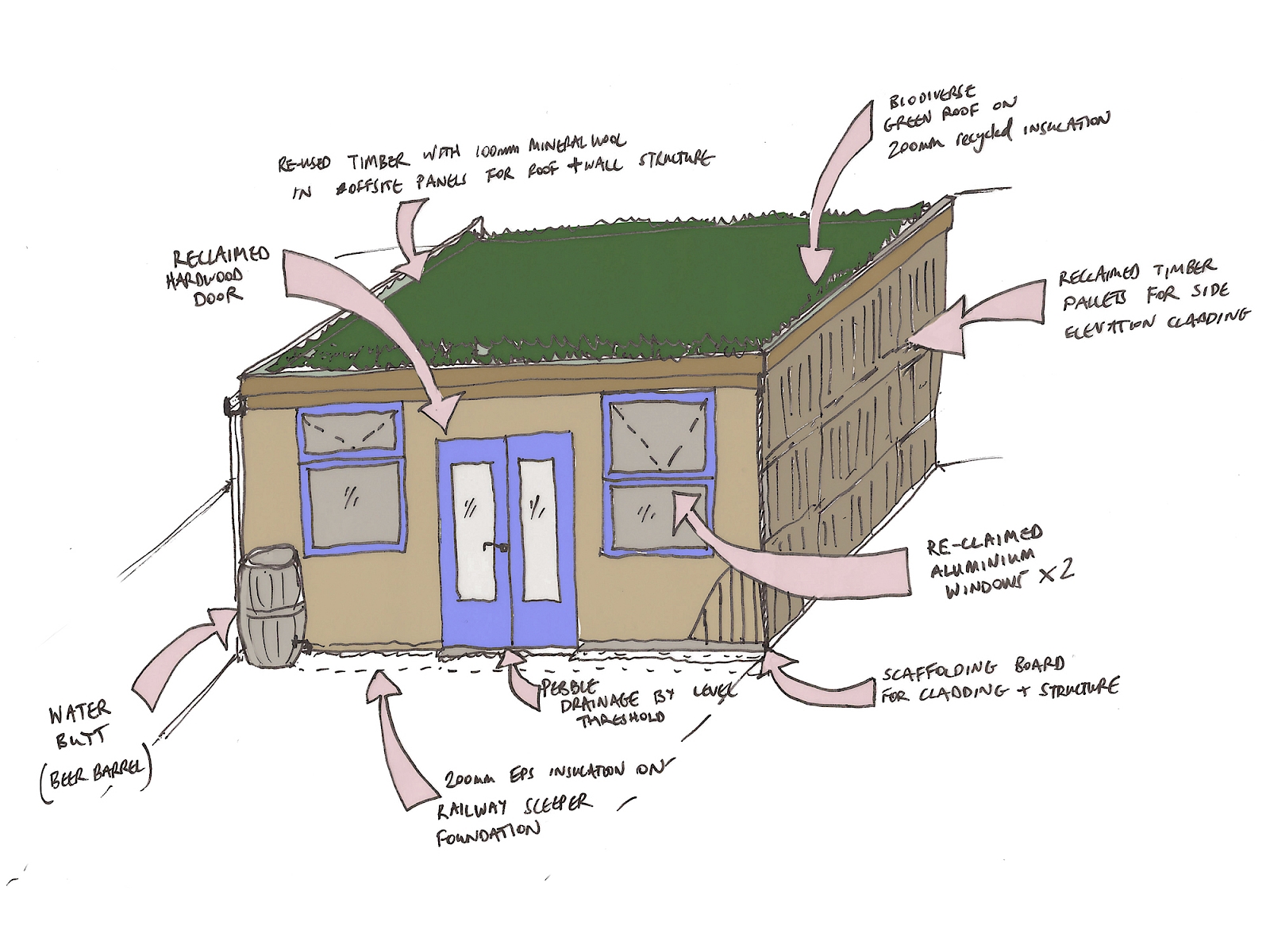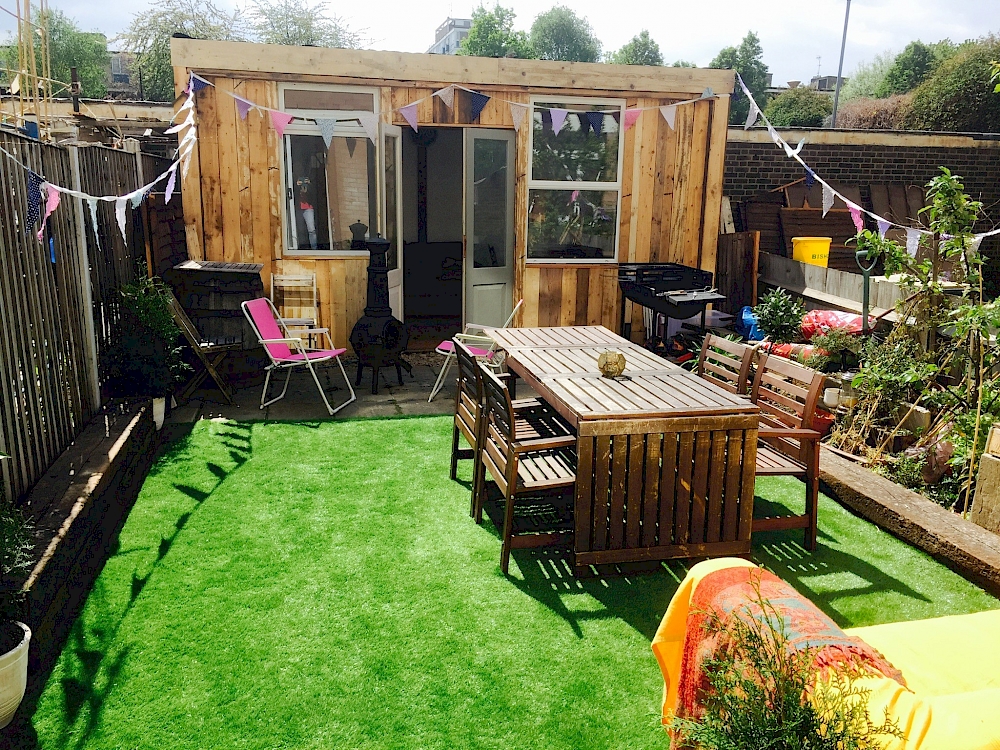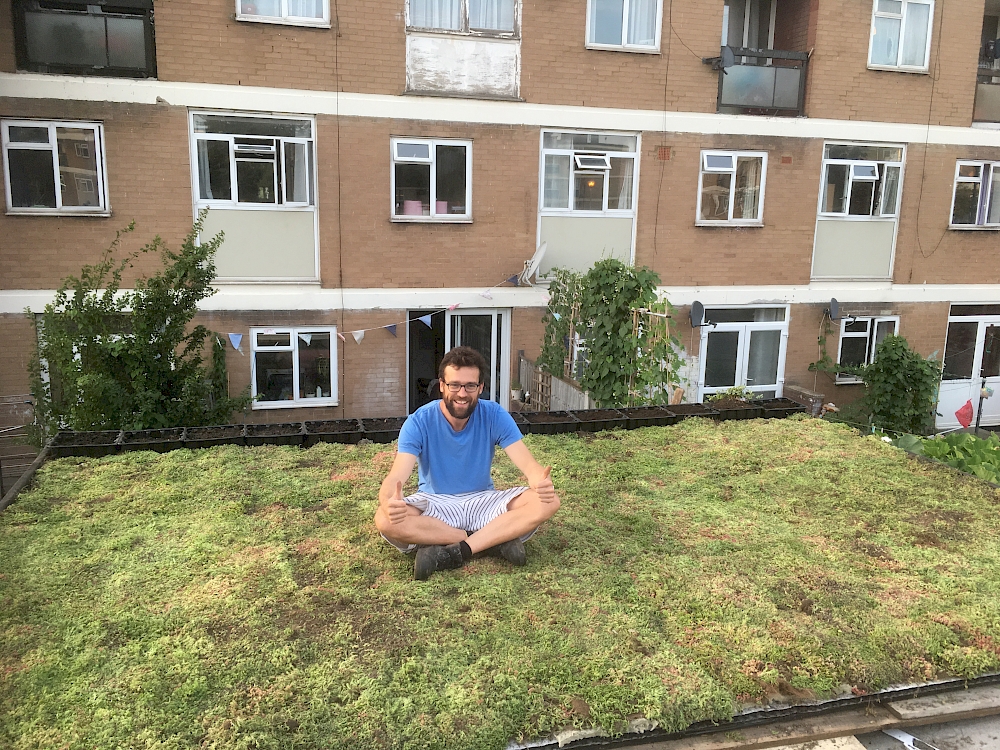VIEWPOINT: How to build a sustainable shed – a circular economy mini case study

Author: Tom Dollard, head of sustainable design, associate partner
We have a climate emergency. The world is on fire and we have 10 years to put it out.
Will this be solved by building more net zero homes? No. This is the wrong programme (too long term) and wrong design response (too hi-tech). Net zero as a concept is flawed, as it relies on a 60-year life cycle assessment and hi-tech solutions which prioritises long term operational energy over embodied carbon. Even a high-performance new build (Passivhaus plus) is not really the answer for the climate emergency, as the construction of these homes is still emitting carbon into the atmosphere in the short term. So what is the answer?
The circular economy has long been cited as a key part of the solution. This requires us to be smarter about building with regenerative design as our key principle. Regenerative design creates a building that mimics the restorative aspects found in nature to bring about a positive impact on the overall environment. It involves specifying materials from the circular economy, and prioritising retrofit and reuse of existing materials. It means proposals that are smarter, loose fit, circular. We have to ask: “Can our material supply chains adapt to provide reclaimed and re-used materials at sufficient scale and quality?” On a small-scale, I’ve taken 'these matters into my own hands, by designing and building a home office ‘shed’.
With PTE signed up to the global heating mitigation goals outlined by Architects Declare, I’ve taken a “regenerative design” approach to seek to make a positive impact on the wider environment. The shed is a circular economy exemplar – it uses only local, re-used or recycled materials with the structure made from re-claimed timber, including railway sleeper foundations and timber panel walls and roof. All of the materials were reclaimed from tips, reclamation yards and construction sites in London (see diagram).
So did I manage to build a regenerative building? Maybe – it depends on the terms of reference. I’ve scored myself 3 out of 4, based on the performance metrics of carbon, materials, biodiversity and water (detailed below). It is not regenerative across all four metrics, but the short-term carbon impacts are negligible, and possibly carbon negative as it diverts materials from landfill.
Through building this shed, I have learnt that regenerative design requires whole system thinking to create integrated solutions and limit compromises. I think I achieved this, mainly because I was the client and could control the compromise! I hope it has provided a fun example of how a strong regenerative vision, simple design and patient procurement can bring about a positive environmental impact.

Embodied carbon
The building is a “waste sink” and diverts waste from landfill. There is still a small carbon footprint involved in construction process, but arguably this can be discounted if we compare to the alternative for the materials; demolition and landfill.
Operational energy
The building’s operational energy is 90% less than a typical office, with a total 40W electric lighting and small power for laptop and screen, measured at 12 kWh/m2/year. This is 200kWh/year or £36/year, which depends on use, but is a low cost for a home office. This is why I didn’t install PV panels and decided to use less energy and sign up to a green, renewable tariff instead. This is not regenerative in terms of operational energy, and this would need PV panels, but when compared with the alternatives of home working, then it could be considered to have a neutral impact.
Biodiversity positive
Increased biodiversity from concrete pavers to a biodiverse green roof with wildflower mix.
Water positive
Rainwater harvesting stops site run off and provides all water usage in the garden.







